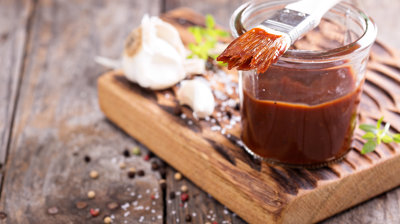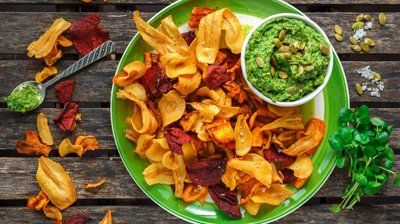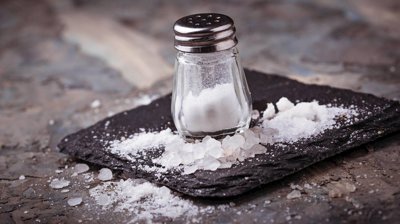What is the Maillard (Browning) Reaction in Food Processing?
The Maillard reaction, also known as browning, is one of the most important chemical reactions for the food industry. With its ability to cause changes in food colour, organoleptic properties, protein functionality and even protein digestibility, the Maillard reaction is responsible for many desired food characteristics.
So what exactly is the Maillard reaction and what is it used for within food processing?
What is the Maillard (browning) reaction?
The Maillard reaction is a form of non-enzymatic browning which occurs between amino acids and reducing sugars when heated. This reaction occurs when foods are cooked at high temperatures over 100ºC, ideally between 110ºC and 170ºC.
Named after the French chemist Louis-Camille Maillard, who first described it in 1912, this reaction leads to the browning of foods and the development of distinctive flavours and aromas.
When food meets high temperatures, the sugars react with the amino acids that make up proteins to then form glycosylamine. This chemical rearranges to form a ketosamine which in turn leads to further reactions, producing hundreds of complex substances. These substances include pyrazines, meaty furans, sweet furanones and melanoidins, and they combine to produce the rich flavour, aroma and appealing brown colour found in many cooked foods.
What are some examples of the Maillard reaction?
There are several examples of the Maillard reaction in foods we eat every day including the browning on toasted bread, or the rich roasted flavour and aroma of coffee or cocoa beans. The deep, caramelised colour and flavour of fried onions is another good demonstration of the Maillard reaction in driving the development of flavours and colours.
Yeast extract production also involves the Maillard reaction. During processing, the reaction between amino acids and sugars helps create the extract’s characteristic rich, savoury, umami flavour and its brown colour, making it a popular option for food manufacturers trying to elevate savoury flavours and modulate taste in their products.
Why is the Maillard reaction important in food processing?
The Maillard reaction is considered as one of the most important reactions within food chemistry. After all, this reaction is responsible for the colour, flavour, texture and aroma of many popular foods.
From rich roasted flavours to golden-brown colours, the Maillard reaction enhances sensory characteristics and improves palatability. Whether it’s human food processing or pet food processing, this reaction plays a vital role when it comes to customer satisfaction.
Plus, the Maillard reaction can also enhance the nutritional value of certain foods by increasing the availability of essential amino acids and antioxidants. However, it’s important to note that certain allergenic and carcinogenic compounds can also be formed as byproducts. For this reason, great care needs to be taken to perfect the process and reduce the risk of carcinogenic compounds.
What is the effect of the Maillard reaction and yeast extract combined?
Yeast extract is naturally rich in glutamic acid which provides a rich, savoury umami taste of its own. When yeast is heated, it will provoke a Maillard reaction, producing a variety of roasted, meaty flavours and deep brown colours, just like you might notice in freshly baked bread or grilled meat.
At Ohly, we offer a range of dark yeast extracts, perfect for sauces, processed meat, chocolates or coffees. The deep colour and rich, roasted flavours of these extracts are a direct result of the Maillard reaction.
Whether it’s to bring out chocolate attributes or to provide meaty notes for plant-based alternative products, the results of the Maillard reaction when involving yeast extract are extremely versatile.
OHLY® KTD can be used to impart roasted and scorched notes in savoury products or, in chocolate/coffee applications, it can bring out bitter and roasted notes. This extract provides a long-lasting aftertaste, whilst balancing overall flavours.
OHLY® KTDD is darker in both flavour and colour, leading to an even deeper and more intense impact. This extract accentuates roasted and meaty notes whilst providing a deep, dark colour without the use of E-numbers.
To find out more about our high-quality dark yeast extracts, get in touch with our expert team today, or request your free product sample.
Last updated: 14/10/2025
More Food Blogs

What are yeast extracts & how are they used in the food processing industry?

What is umami and how does yeast extract provide this flavour?

What is taste modulation & how does yeast extract help?

How yeast extracts reduce the need for salt in food processing

The role of yeast extract in the plant-based food industry

What is off-note masking and how is yeast extract used in this?


